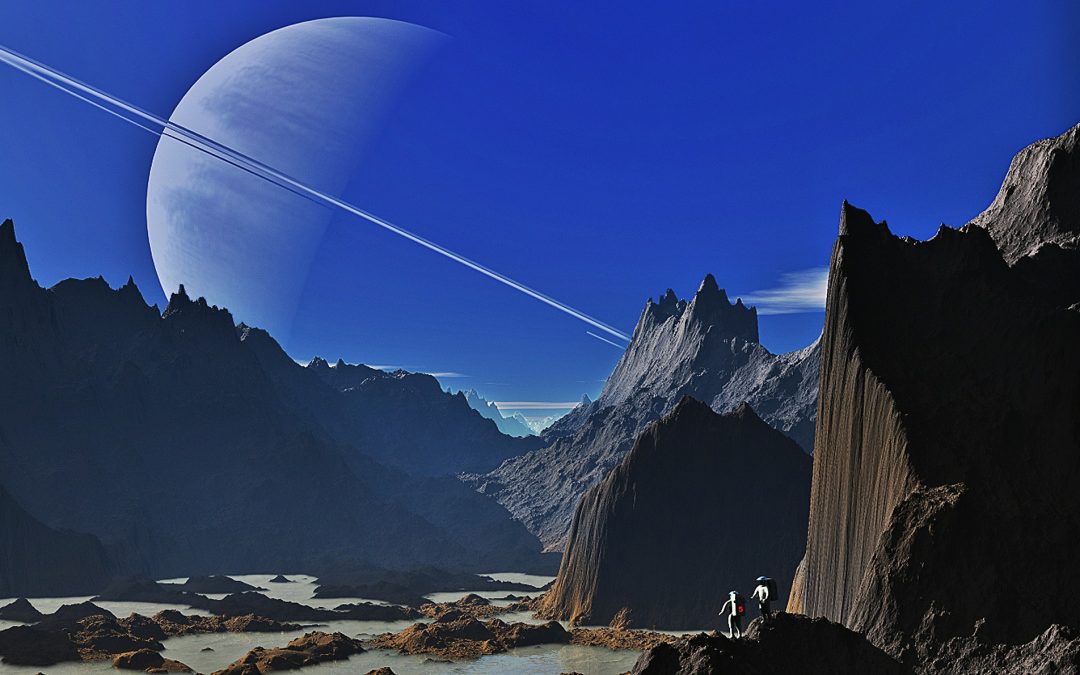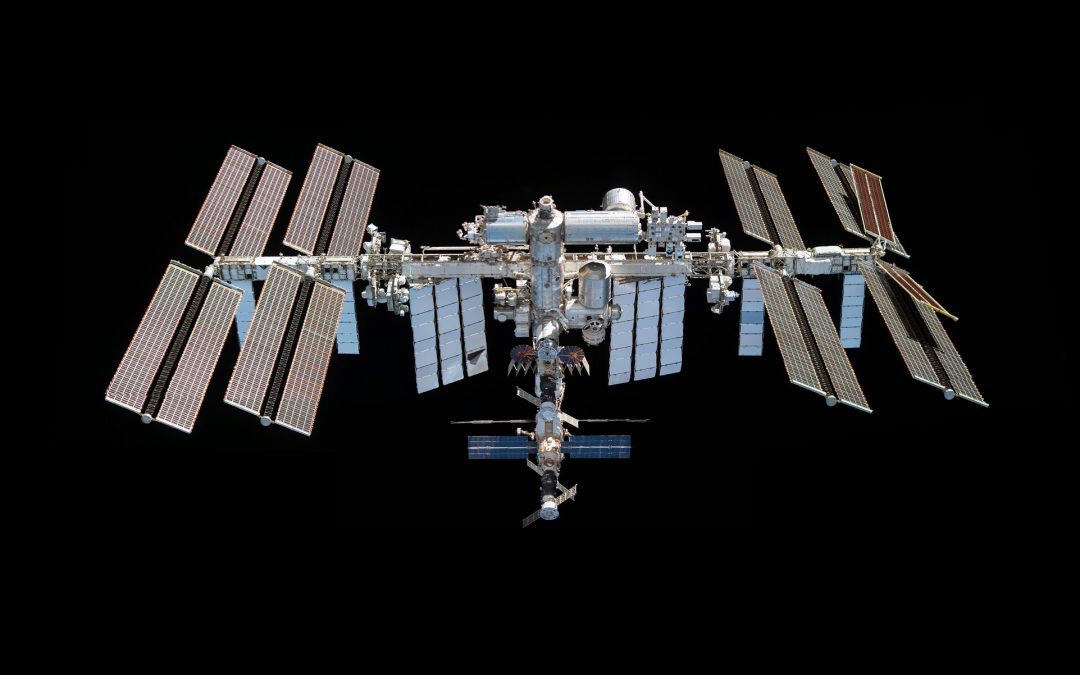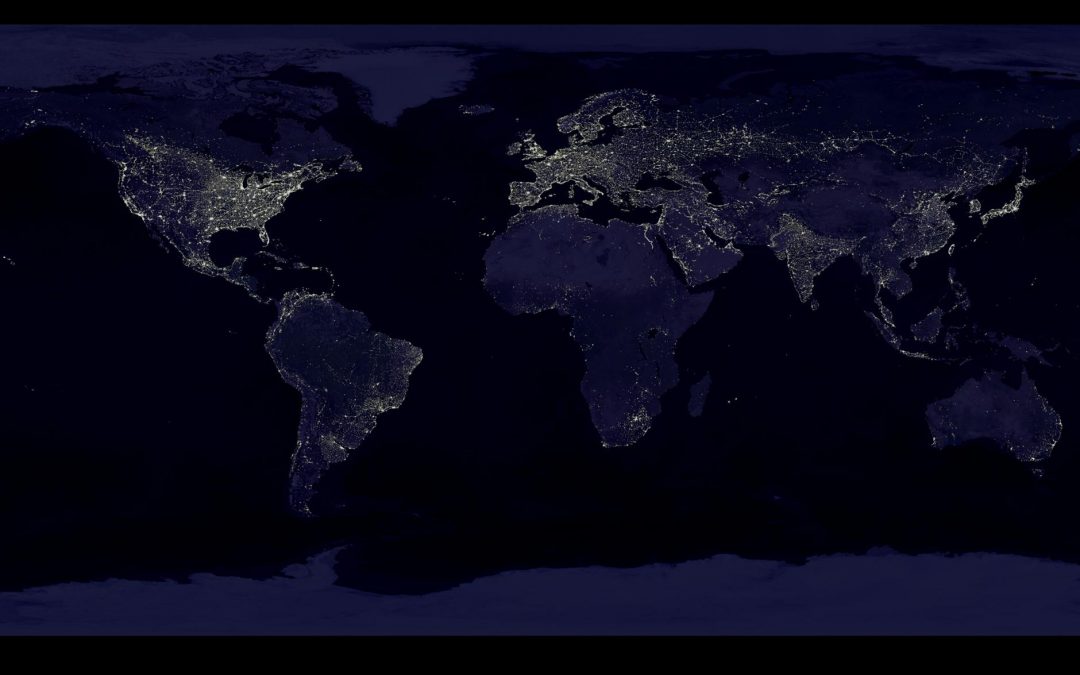Podcast: Play in new window | Download | Embed
Subscribe: RSS
Summer is here and that means finally tackling your huge list of books piled up on your bedside table and filling up your Kindle. What books do we recommend for some fun reads?



Podcast: Play in new window | Download | Embed
Subscribe: RSS
Summer is here and that means finally tackling your huge list of books piled up on your bedside table and filling up your Kindle. What books do we recommend for some fun reads?

Podcast: Play in new window | Download | Embed
Subscribe: RSS
We always say that we’re living in golden age of space and astronomy, but it feels like things are just accelerating. What does the long-term future hold for our place in the Universe?

Podcast: Play in new window | Download | Embed
Subscribe: RSS
The International Space Station has been continuously inhabited for over 20 years now, serving as a peaceful collaboration between space-faring nations. But it’s a machine, and it’s getting old. In addition, the Russian invasion of Ukraine has made things complicated. W…

Podcast: Play in new window | Download | Embed
Subscribe: RSS
Now that we’ve discovered thousands of exoplanets, we’re learning more and more about what kinds of planetary systems there are out there across the Universe. Are planets like Earth unique or totally rare?
Recent Episodes

Take a fact-based journey through the cosmos. Tune in to hear weekly discussions on astronomical topics ranging from planets to cosmology. Hosted by Fraser Cain (Universe Today) and Dr. Pamela L. Gay (Planetary Science Institute), this show brings the questions of an avid astronomy lover direct to an astronomer. Together Fraser and Pamela explore what is known and being discovered about the universe around us. Astronomy Cast is supported thru patreon.com/AstronomyCast.
Astronomy Cast Ep. 762: Science in Crisis – NASA’s New Budget By Fraser Cain & Dr. Pamela Gay Streamed live on Jun 30, 2025. Hosted by: Fraser Cain and Dr. Pamela L. Gay Normally we try to end the season on a high note. But there’s unfolding news that we just HAVE to cover before we leave you for the summer. NASA’s new budget is here, and it’s 25% smaller. We’ll cover what the changes are and try to understand the implications. It’s a bad decade to be a researcher. We’re going to look at why, and what US cuts will mean for the world. SUPPORTED BY YOU This Episode is made possible thanks to our Patrons on Patreon. Join at the Galaxy Group level or higher to be listed in our YouTube videos. Thanks to: BogieNet, Stephen Vei, Jeanette Wink, Siggi Kemmler, Andrew Poelstra, Brian Cagle, David Truog, Ed, David, Gerhard Schwarzer, Sergio Sancevero, Sergey Manouilov, Burry Gowen, David Rossetter, Michael Purcell, Jason Kwong
